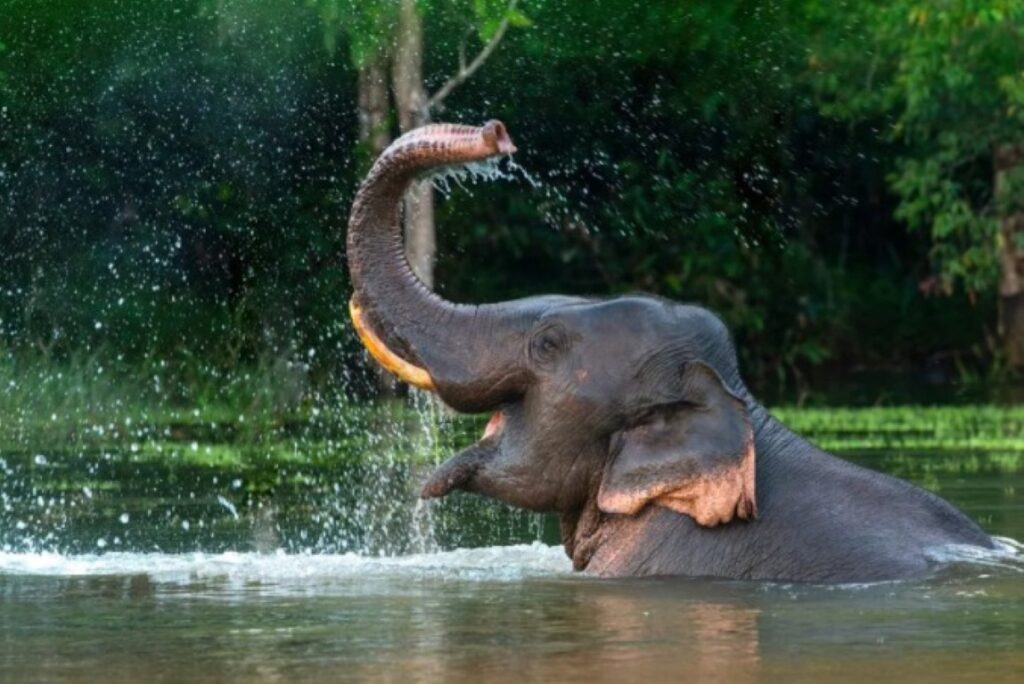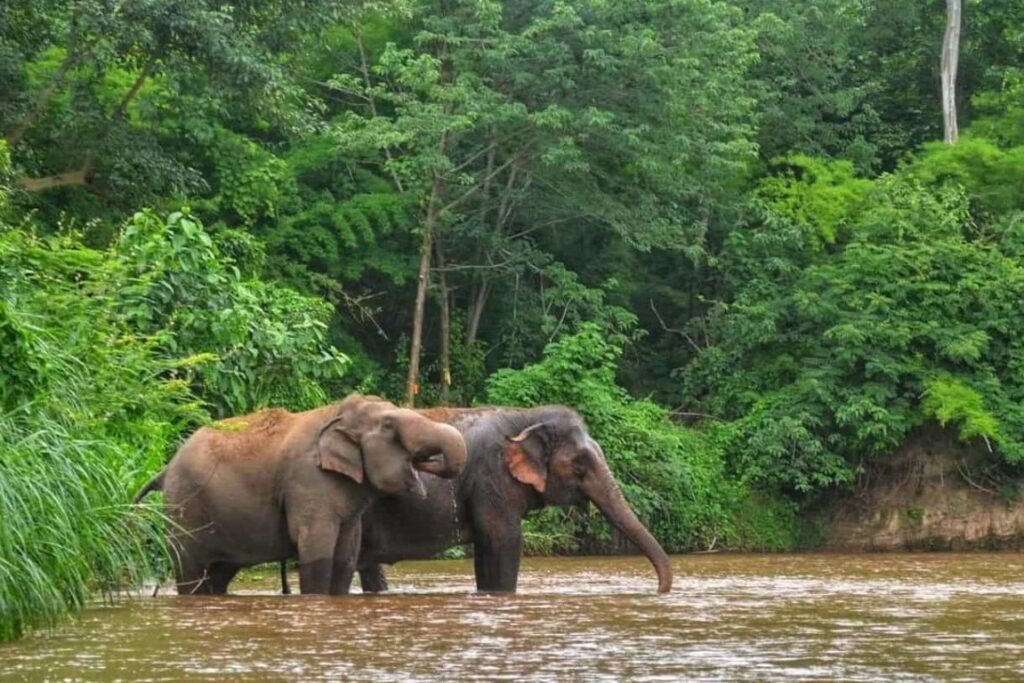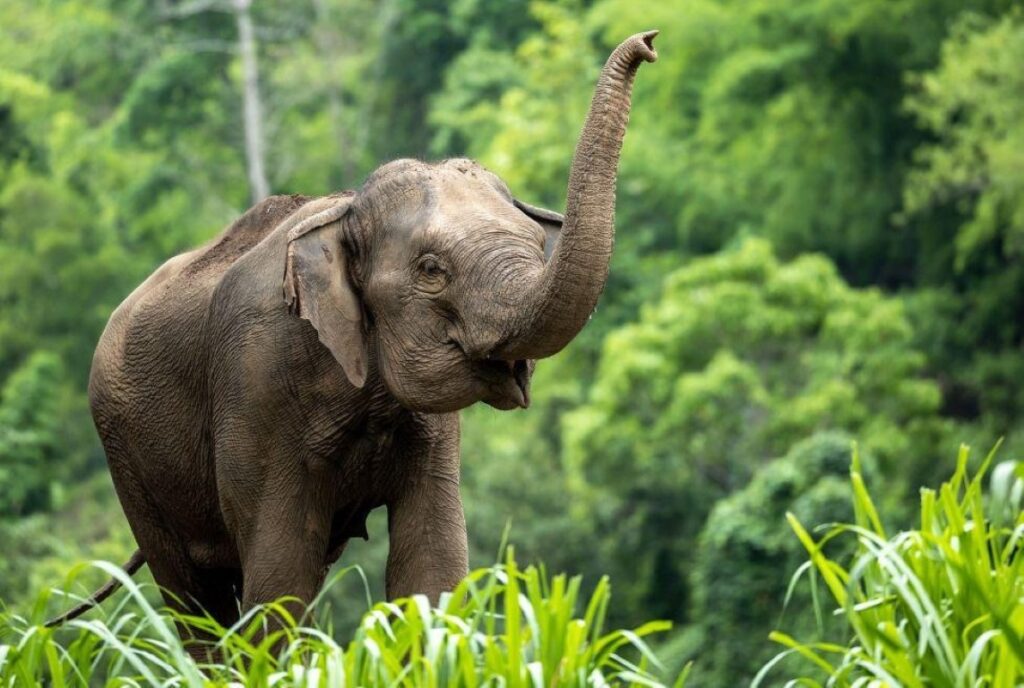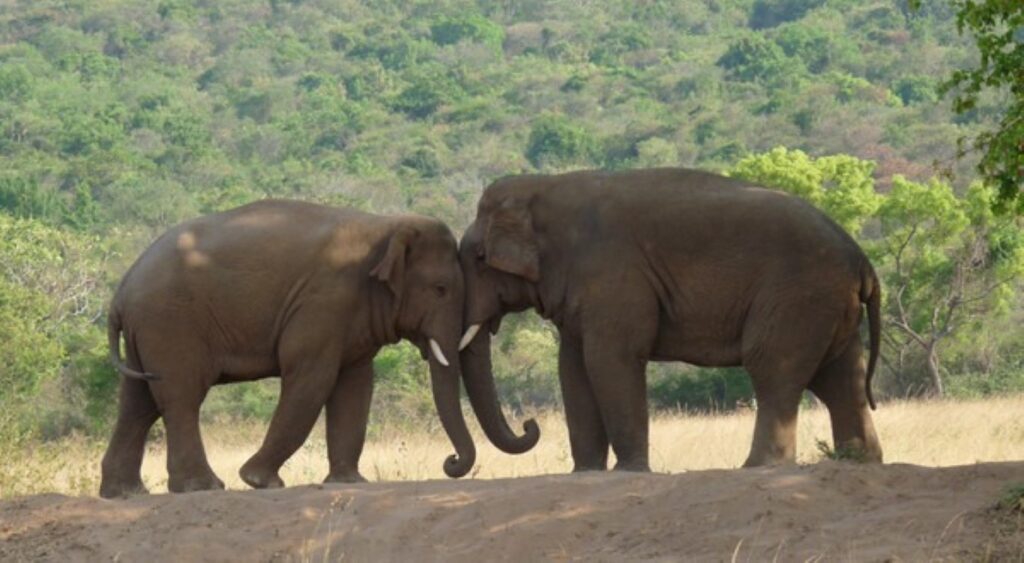Did You Know? How Many Types of Elephants Exist in the World and Which Type Is Found in Thailand?
Elephants are among the most beloved animals in the world, known for their intelligence, social behavior, and grandeur. However, not all elephants are the same! The two main species, African elephants and Asian elephants, have distinct differences that go beyond their geography. Let’s explore these majestic creatures and discover what sets them apart.
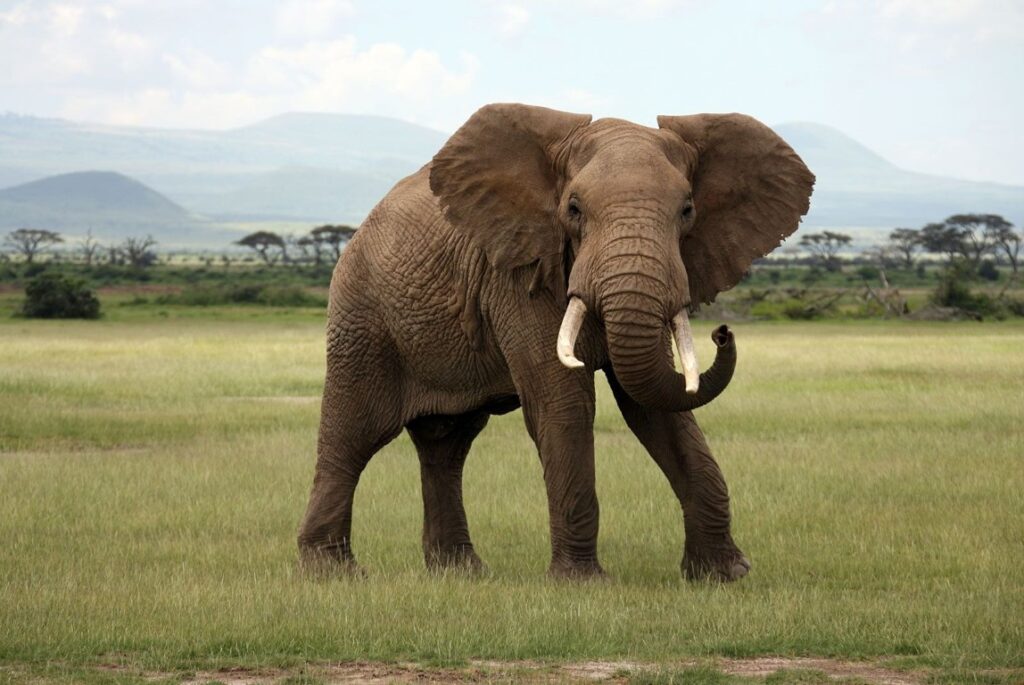
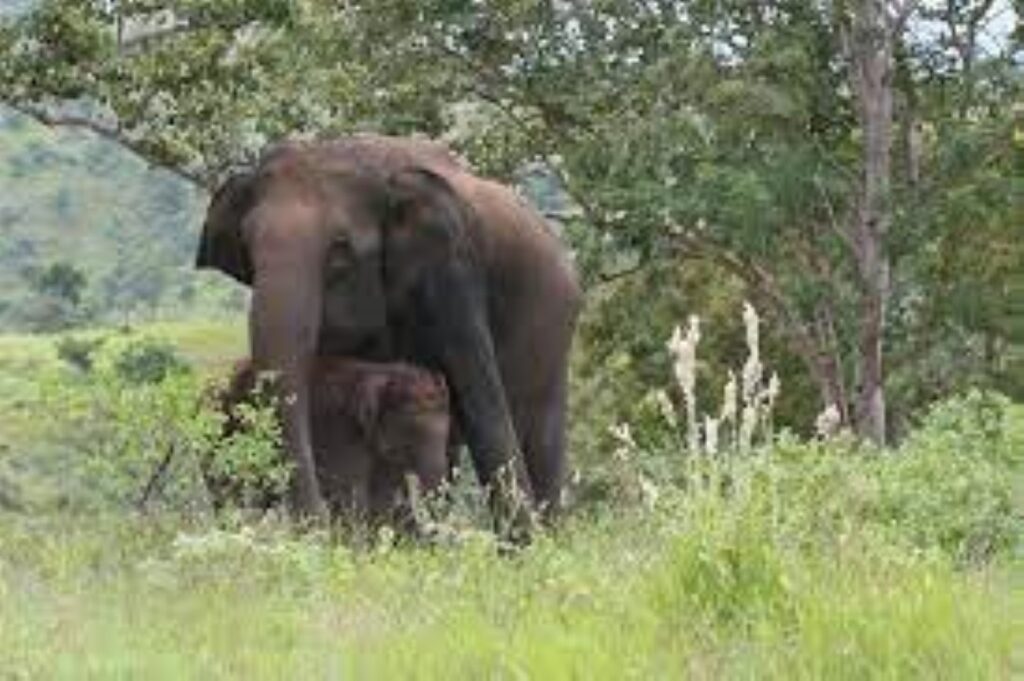
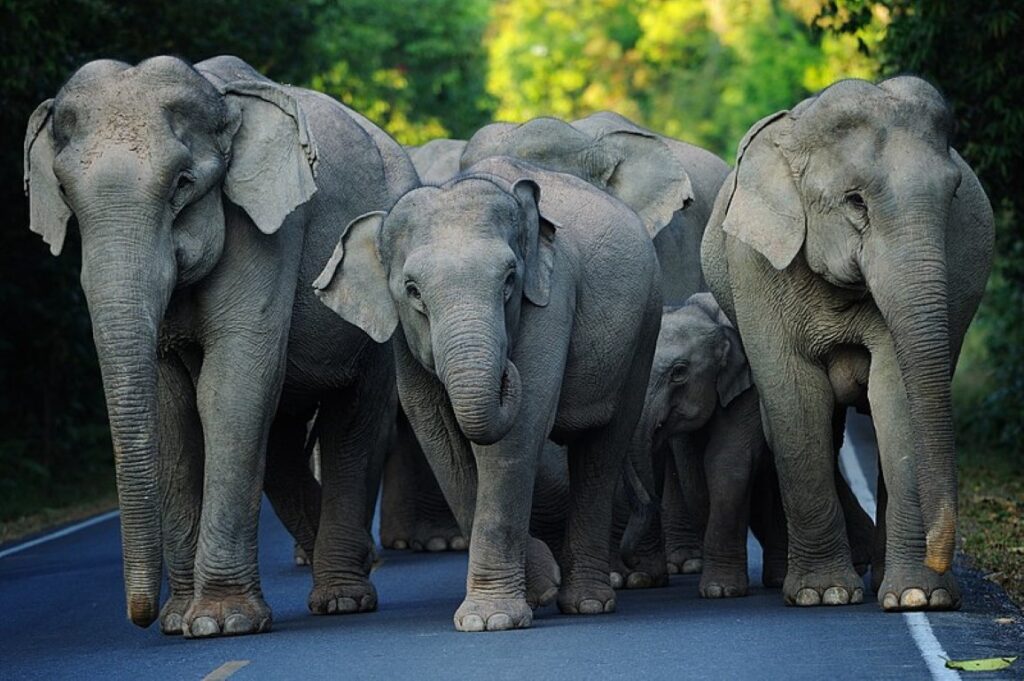
Types of Elephants Around the World
There are three recognized species of elephants in the world, each with unique characteristics:
- African Savannah Elephant (Loxodonta africana)
- Habitat: Open savannahs, woodlands, and deserts across sub-Saharan Africa.
- Size: The largest of all elephants, weighing up to 10,000 kg (22,000 lbs).
- Characteristics:
- Large, fan-like ears to regulate body temperature.
- Wrinkled skin and a long, curved trunk.
- Both males and females have tusks.
- African Forest Elephant (Loxodonta cyclotis)
- Habitat: Dense rainforests of Central and West Africa.
- Size: Smaller than the savannah elephant, with a weight of 2,000–4,000 kg (4,400–8,800 lbs).
- Characteristics:
- Rounded ears and straighter, thinner tusks.
- Adapted to life in thick vegetation.
- Asian Elephant (Elephas maximus)
- Habitat: Forests and grasslands of South and Southeast Asia.
- Size: Slightly smaller than African elephants, weighing 2,000–5,500 kg (4,400–12,100 lbs).
- Characteristics:
- Smaller ears and a dome-shaped head.
- Only some males have tusks.
Subspecies include the Indian, Sri Lankan, Sumatran, and Borneo pygmy elephants
The Asian Elephant: Thailand’s Gentle Giant
Thailand is home to the Asian elephant (Elephas maximus indicus), a subspecies of the Asian elephant. Known locally as “Chang Thai”, these elephants have deep cultural and historical significance in Thailand.
Physical Traits of Thai Elephants
- Medium-sized with a height of 2.5–3 meters (8–10 feet) at the shoulder.
- Dark gray skin that may appear lighter due to mud or dust.
- Only some males have visible tusks.
Role in Thai Culture
- Historically used in warfare, royal ceremonies, and agriculture.
- Elephants are symbols of strength, prosperity, and loyalty.
- Featured prominently in Thai art, folklore, and the national emblem.
.

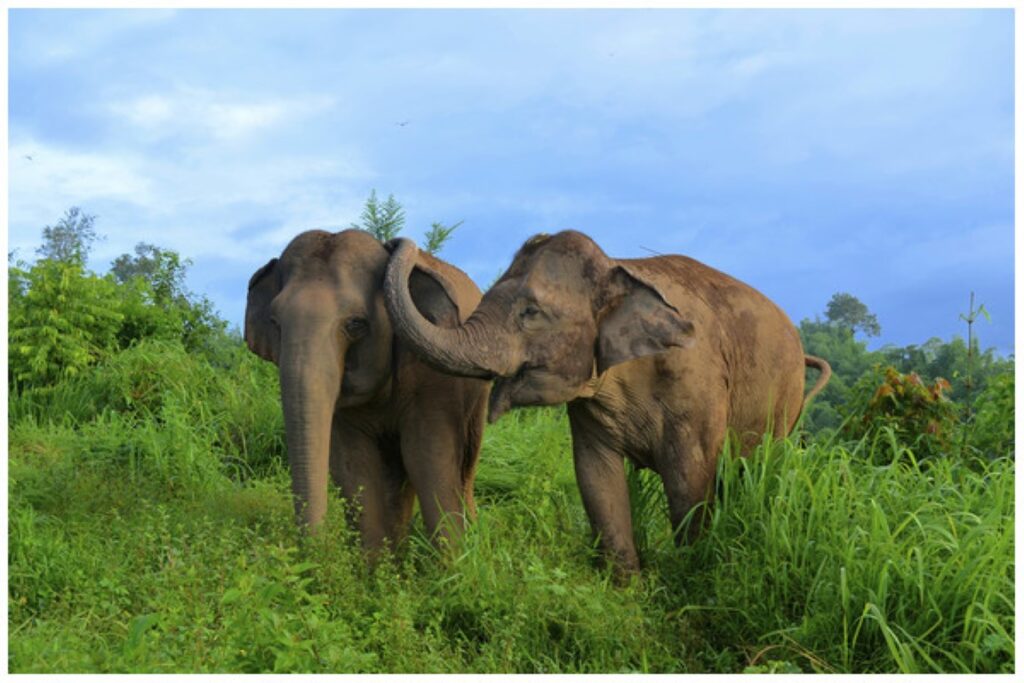
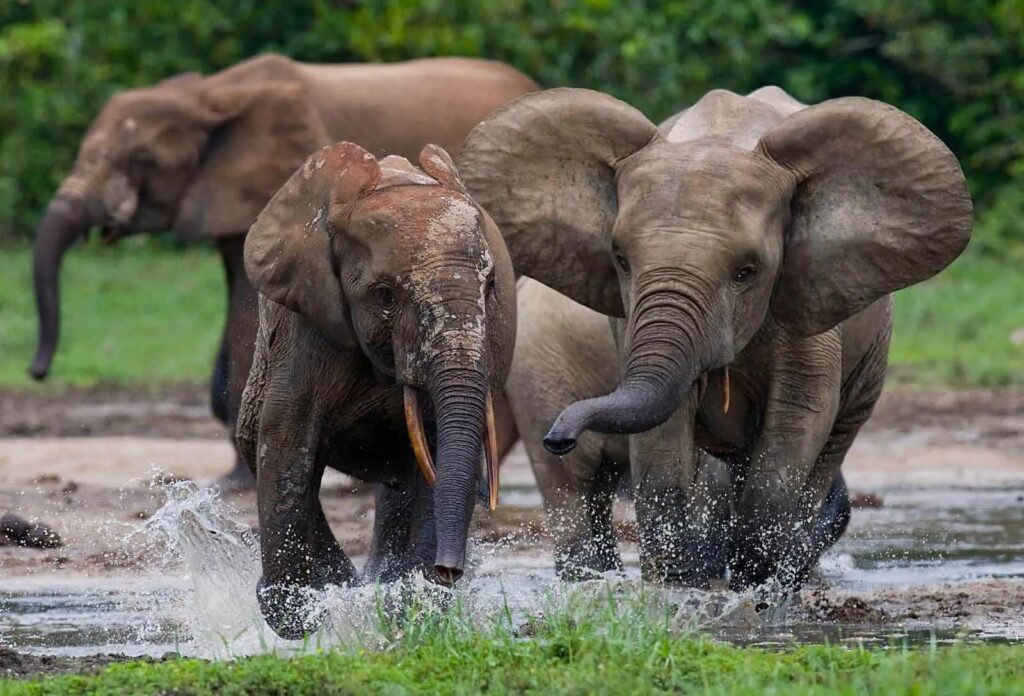
Threats Facing Elephants Today
-
Habitat Loss
Deforestation and urbanization have drastically reduced natural habitats.
- Impact on Asian Elephants: Fragmented populations leading to inbreeding and reduced genetic diversity.
Poaching and Exploitation
Both African and Asian elephants are targeted for their tusks (ivory), hides, and other body parts.
- In Thailand, elephants are sometimes exploited in the tourism industry despite conservation efforts.
Human-Elephant Conflict
As human settlements expand, elephants often venture into farmlands, causing conflicts
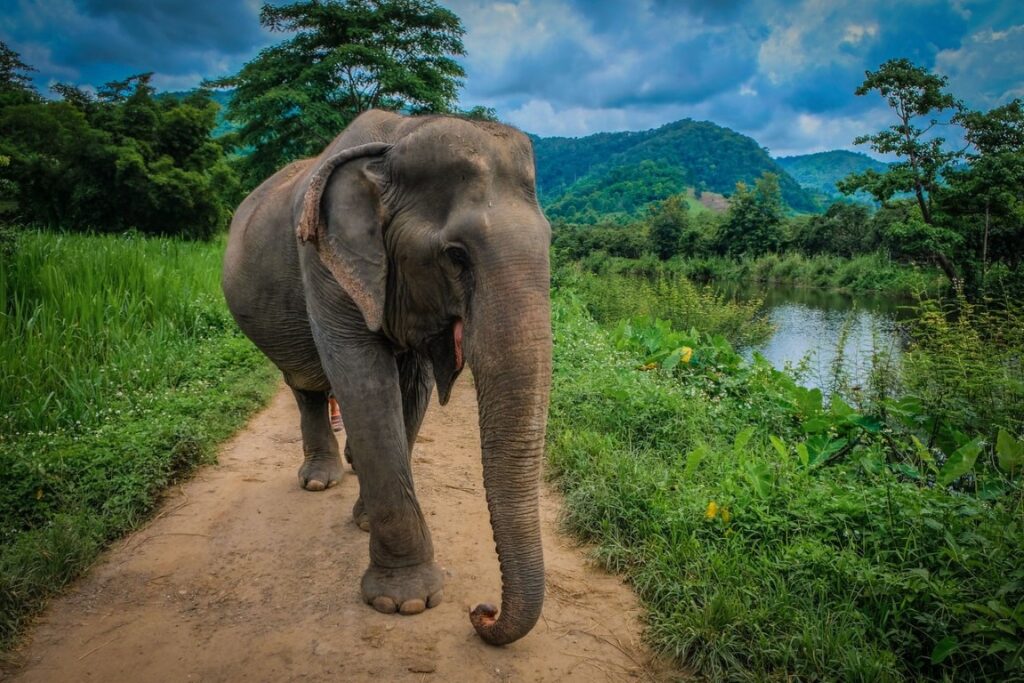
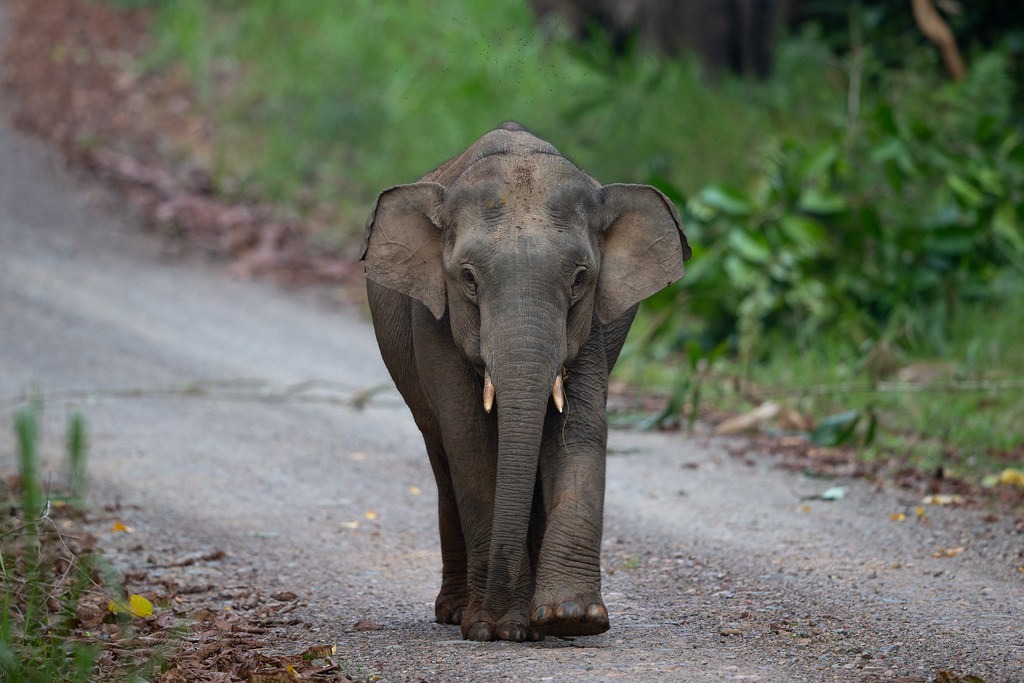
Conservation Efforts in Thailand
-
Thailand has made significant strides in protecting its elephants:
National Parks and Sanctuaries
- Protected areas like Khao Yai National Park and Kui Buri National Park provide safe habitats.
- Ethical sanctuaries like Phuket Elephant Sanctuary promote responsible tourism.
Laws and Regulations
- Ownership of captive elephants is regulated under Thailand’s Animal Welfare Act.
- Stricter enforcement of anti-poaching laws.
Community-Based Programs
- Encouraging local communities to participate in conservation.
- Providing alternative livelihoods to reduce dependency on elephant tourism.
Fun Facts About Elephants
- Elephants can communicate through low-frequency rumbles that travel long distances.
- They are one of the few species known to mourn their dead.
- An elephant’s trunk has over 40,000 muscles, making it highly dexterous.
Why Should We Protect Elephants?
Elephants play a critical role in ecosystems by dispersing seeds and creating pathways in forests. Losing them would disrupt these ecosystems and impact countless other species. Additionally, they are cultural icons and a source of national pride, particularly in Thailand.
How You Can Help
- Support ethical elephant sanctuaries that prioritize animal welfare.
- Avoid products made from ivory or other elephant parts.
- Raise awareness about elephant conservation.
By understanding the different species of elephants and their significance, especially the Thai elephant, we can take steps to ensure their survival for generations to come. Let’s celebrate these magnificent creatures and work together to protect them!
